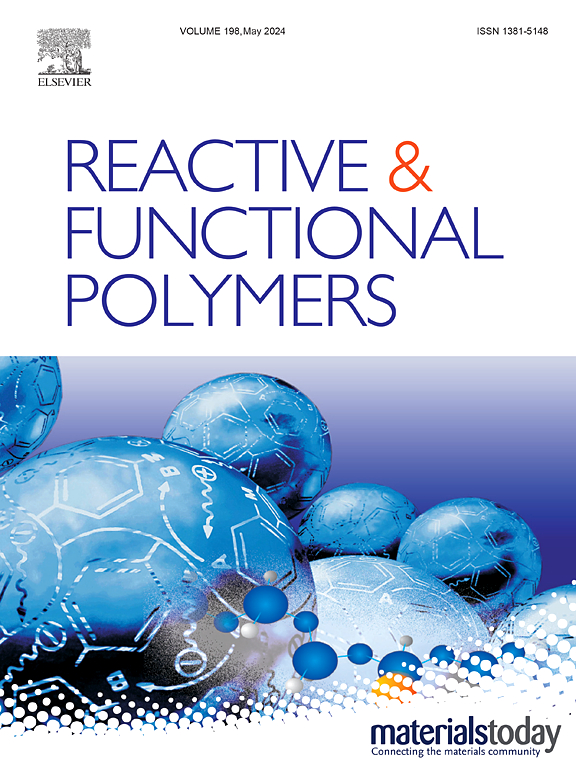Enhancement of degradation resistance and biodegradability in natural rubber films through addition of gamma-irradiated mangosteen peel powder as bio-filler
IF 4.5
3区 工程技术
Q1 CHEMISTRY, APPLIED
引用次数: 0
Abstract
Degradation caused by processing and usage conditions, along with the rapid increase in industrial waste, has become a major concern that affects the durability and environmental sustainability of natural products, including natural rubber (NR). To address these challenges, this study explored the potential of utilizing gamma-irradiated mangosteen peel powder (MPP) as a bio-filler to replace conventional chemical antioxidants in natural rubber latex (NRL) films, with varying MPP contents (0–9 parts per hundred rubber (phr)) and gamma irradiation doses (0–40 kGy). The study evaluated the mechanical, morphological, physical, and biodegradability properties of the NRL composites, both before and after exposure to thermal and gamma aging conditions. Based on the results, the addition of gamma-irradiated MPP significantly enhanced degradation resistance under both thermal and gamma aging. Notably, NRL films containing 9 phr of MPP irradiated at 10 kGy had the highest aging coefficients and the least physical changes for both aging conditions. Additionally, biodegradability assessments on samples that had been buried in soil for 8 weeks indicated that weight loss increased with a higher MPP content and gamma irradiation dose, suggesting a synergistic effect of MPP and gamma irradiation in enhancing the biodegradability of NRL films. Overall, based on the findings, the incorporation of gamma-irradiated MPP not only improved the degradation resistance and biodegradability of the NRL films that sufficiently improved durability of the NR products and reduced industrial waste, but also produced an environmentally-friendly bio-filler that offered a sustainable alternative to conventional, hazardous chemical additives used in the rubber and polymer industries.

求助全文
约1分钟内获得全文
求助全文
来源期刊

Reactive & Functional Polymers
工程技术-高分子科学
CiteScore
8.90
自引率
5.90%
发文量
259
审稿时长
27 days
期刊介绍:
Reactive & Functional Polymers provides a forum to disseminate original ideas, concepts and developments in the science and technology of polymers with functional groups, which impart specific chemical reactivity or physical, chemical, structural, biological, and pharmacological functionality. The scope covers organic polymers, acting for instance as reagents, catalysts, templates, ion-exchangers, selective sorbents, chelating or antimicrobial agents, drug carriers, sensors, membranes, and hydrogels. This also includes reactive cross-linkable prepolymers and high-performance thermosetting polymers, natural or degradable polymers, conducting polymers, and porous polymers.
Original research articles must contain thorough molecular and material characterization data on synthesis of the above polymers in combination with their applications. Applications include but are not limited to catalysis, water or effluent treatment, separations and recovery, electronics and information storage, energy conversion, encapsulation, or adhesion.
 求助内容:
求助内容: 应助结果提醒方式:
应助结果提醒方式:


